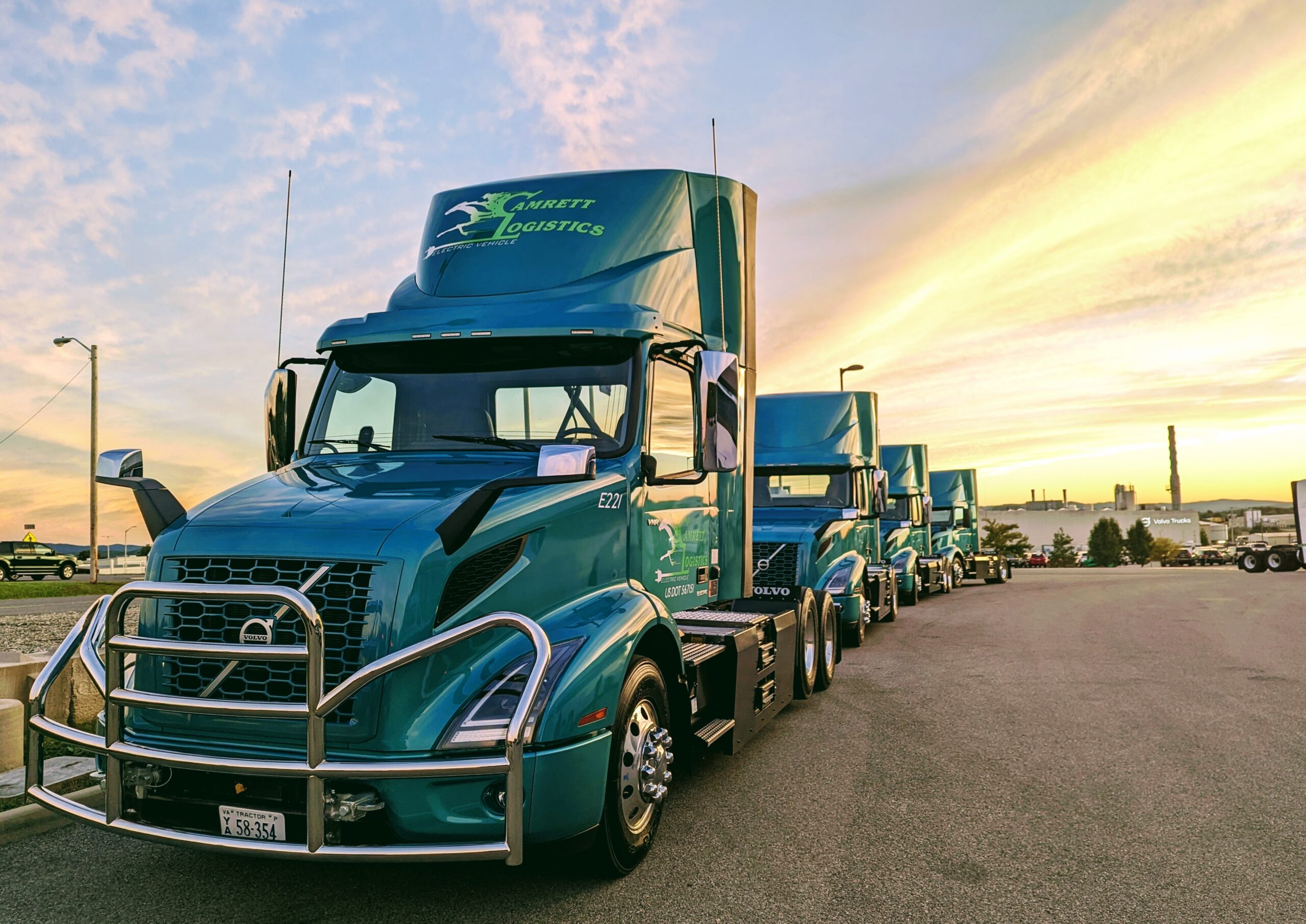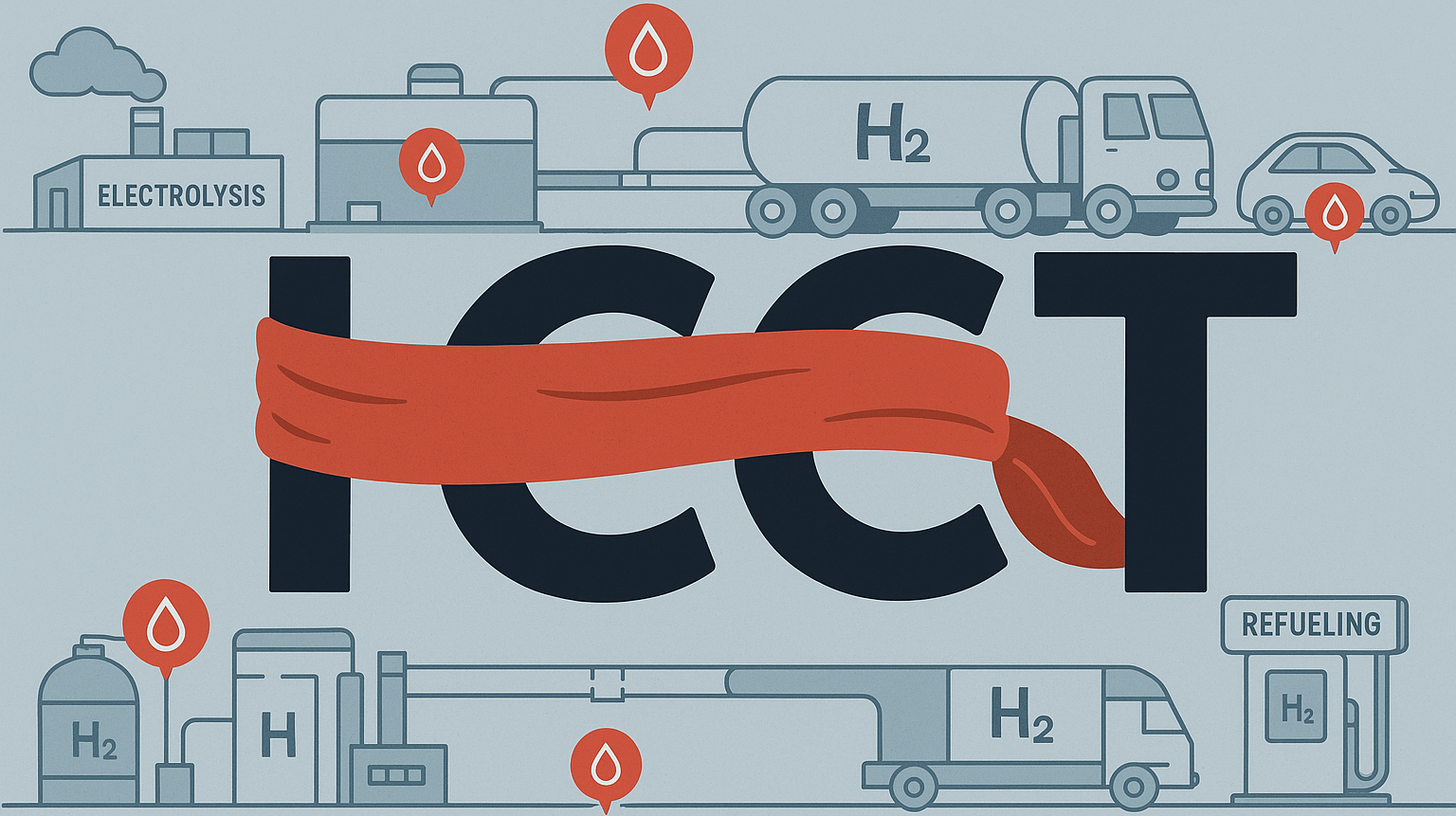Clean Transport
Recent Articles
Sort Options:

Federal Trade Commission Blows Up California Clean Truck Partnership
The Federal Trade Commission has dismantled the Clean Truck Partnership established with California in 2023, raising concerns about the future of clean transportation initiatives. CleanTechnica highlights the implications of this significant regulatory shift.

Greenlane Announces Key I-10 EV Charging Corridor
The electrification of transportation extends beyond personal vehicles, encompassing fleet options like electric trucks and e-bikes. CleanTechnica highlights Greenlane's announcement of a crucial I-10 EV charging corridor, enhancing infrastructure for the growing EV Revolution.

Joint Letter on an Ambitious Action to Decarbonise Corporate Fleets
Businesses, cities, and civil society organizations are rallying for urgent legislation to decarbonize corporate vehicle fleets. The authors emphasize the need for ambitious action to achieve significant environmental benefits and support sustainable transportation initiatives.

ICCT’s Hydrogen Assessments Remain Flawed & They Need To Fix Themselves
The International Council on Clean Transportation's recent report on road vehicle decarbonization in Europe continues to overlook critical aspects of hydrogen fuel cell electric vehicles. The authors emphasize the need for improved assessments to accurately reflect hydrogen's potential.

Electric Cars Are 73% Cleaner, ICCT Study Shows
A recent ICCT study highlights that electric cars produce approximately 73% fewer life cycle carbon emissions compared to conventional vehicles, underscoring their significant environmental benefits. This finding reinforces the growing shift towards cleaner transportation solutions.